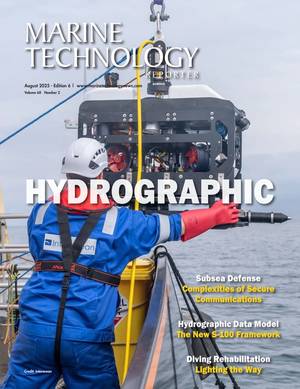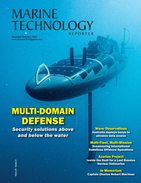Mother Ship with USV Flotilla Could Boost Coast Guard Capabilities
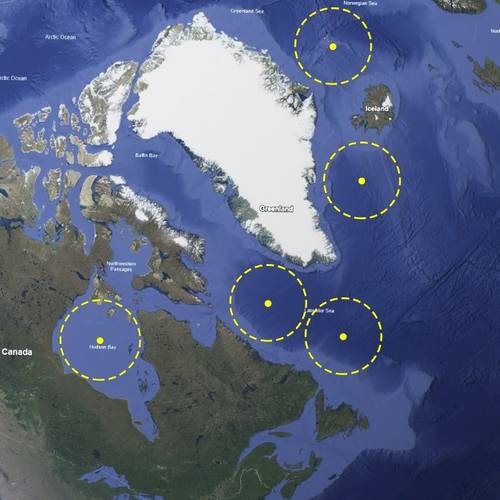
The Diagrams are examples of how the Mother Ship (center) and Flotilla of USVs (ring) can provide a persistent, on-scene presence over a large area.
Researchers from Dalhousie University and the US Naval Postgraduate School presented a concept for an affordable mother ship with a flotilla of uncrewed surface vessels (USVs) capable of providing coast guard services at the ISCRAM2025 Conference (Information Systems for Crisis Response and Management) in Halifax, Canada, last month.
The concept could provide a persistent, on-water presence which could assist with search and rescue response, response to shore-based emergencies, maritime domain awareness, critical underwater infrastructure surveillance and protection, interdiction of illegal products, and more.
The mother ship and USVs could be operable for extended periods, unlike aircraft and aerial drones, and the researchers, Adjunct Professor John Dalziel and Dr Ronald Pelot of Dalhousie and Dr Shelley Gallup of the US Naval Postgraduate School, highlight the relatively lower costs that would be involved compared to building and crewing traditional coast guard ships.
A U.S. Navy version is armed and intended to protect the sea lanes of communication (trading routes) in the island chains of the Pacific Ocean. This warship concept is called the Lightly Manned Automated Combat Capability (LMACC).
These needs point to the inability of many countries to build government vessels quickly. The current Canadian flagship icebreaker, the Louis S. St-Laurent, sailed her maiden Arctic voyage in 1969 (56 years ago). After her four-year mid-life refit, she returned in 1993 to the Arctic (32 years ago). The Louis S. St-Laurent's replacement was first planned in the 1980s, but the replacement vessel has yet to enter service.
An expediated alternative to such challenges could be a mother ship suitable and seaworthy for the purpose intended. For instance, for the Labrador Sea, the mother ship could be based on a 45-50m offshore tug or standby emergency response vessel. The ship layout could include rescue facilities, towing capability, winches, a flotilla communications hub, and fuel and stores capacity for 60 days of operation.
The intent is for the mother ship to sail with a small crew (say 10 to 20) and work on a lay day system – such as month on month off. It could be small enough to work from a northern Arctic base but able to return to a southern port if required.
The ship would be able to attend emergencies, have facilities to rescue survivors, provide first-aid treatment, and work with other resources, such as helicopters, if required. It could also be fitted for emergency response equipment or pollution control containers and medical facilities.
Consideration could be given to fitting equipment and facilities for subsea cable repair, whereby the ship would be on station, but the specialized technicians and repair crew could be flown from the nearest airport.
The flotilla, up to four USVs, would provide extended range monitoring and on-scene presence, possibly up to 400 NM. This could allow two or three flotillas to monitor the Labrador Sea from Newfoundland up through Baffin Bay. Similarly, one mother ship and flotilla could monitor much of Hudson Bay. Another application could be the Gulf of Alaska and the Bering Sea.

The USVs could be controlled from the mother ship or operate autonomously under some conditions. They would be suitable and seaworthy for the purpose intended and could have sufficient fuel capacity for 40 to 60-day endurance at moderate speed.
The mother ship may be reinforced to withstand moderate ice conditions, but the flotillas would operate in open sea or very loose broken ice.
The researchers note some commercially available options for both mother ships and USVs that could form the basis of a development project, with a solution able to be put into service in three years.
They continue to promote discussion of the concept which could be applied globally.
Contacts: [email protected]
[email protected]


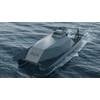


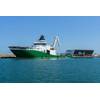







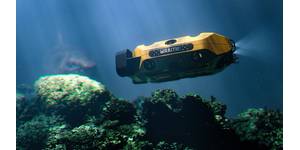
 August 2025
August 2025
